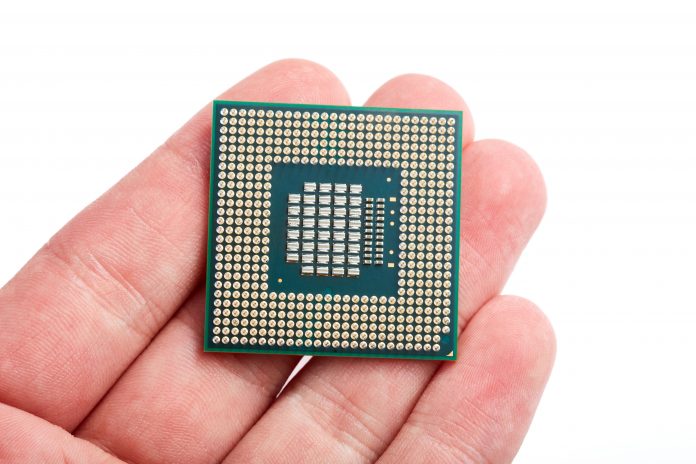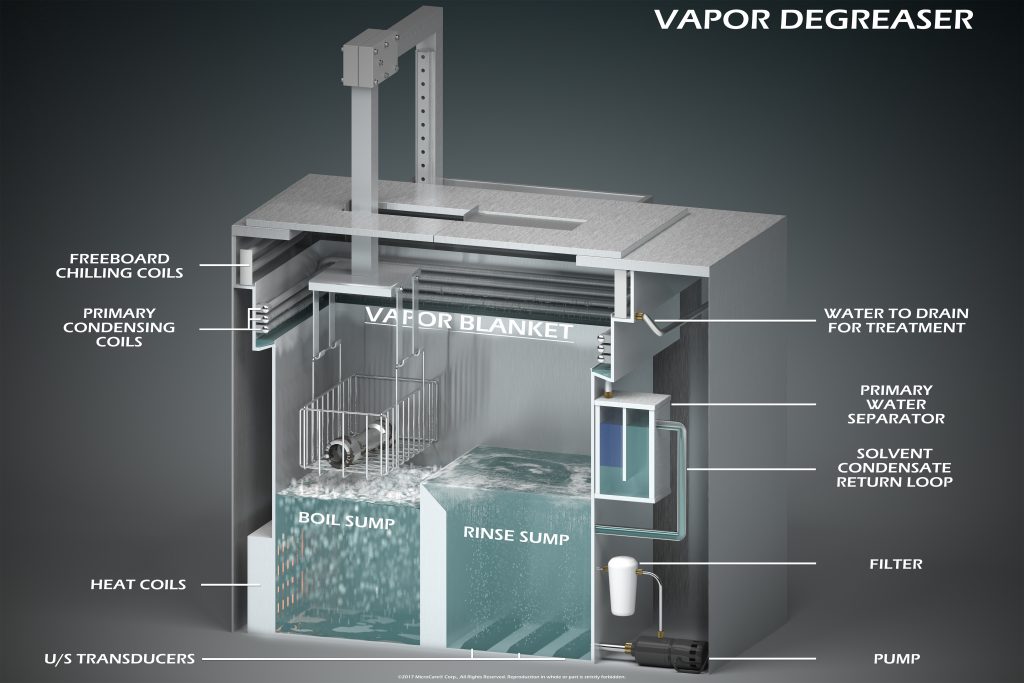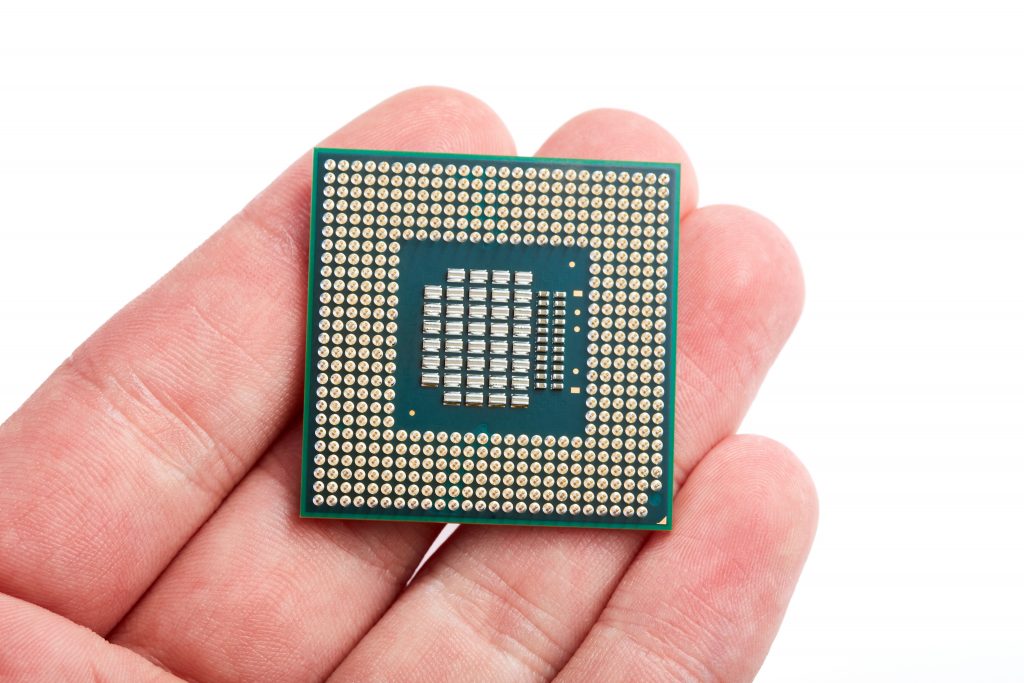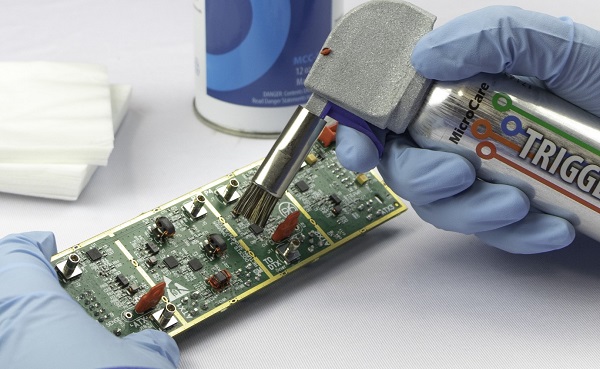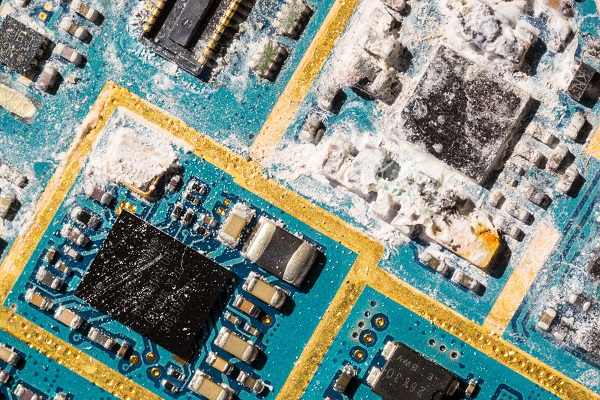The growing demand for smaller electronic assemblies is forcing manufacturers to squeeze even more micro components onto each PCBA (printed circuit board assembly). This transition to compact, denser boards is making cleaning more difficult and may lead to reliability issues. If not properly cleaned, contaminated PCBAs can malfunction resulting in product recalls and expensive replacements or rework. Here we discuss why identifying PCB contaminants and successfully removing them is critical for PCB performance and reliability.
Cleaning Consistency
A significant cause of PCBA field malfunction is contamination. If assemblies are dirty it can lead to several problems including shorting, delamination, electrochemical migration, parasitic leakage and dendrite growth. Cleaning is crucial to the success of all PCBAs, whether it’s used within consumer goods like smartwatches, or in critical medical devices like pacemakers. Cleaning must be completed correctly and effectively to guarantee the lifespan of the electronic assembly and ensure reliability.
Many manufacturers understand the importance of cleaning PCBAs but find it increasingly difficult to achieve successfully. The growing demand for miniaturization requires microelectronic components like flip chip, micro BGA and QFN packages to be tightly packed on to the board. Low standoff components like MOSFETs are commonplace and input/output counts are increasing as circuit boards become multi-functional. This development in circuit board technology, complexity and high density is a reliability risk. Removing any harmful contaminant and residue from a PCBA is key to its success.
Effective cleaning involves first identifying the contaminant and then selecting the best combination of process and cleaning fluid to effectively remove it. By balancing these factors correctly, PCB reliability is enhanced.
Identifying the Contaminant
PCBAs can be exposed to a variety of different contaminants during the production process. This can include everything from adhesives, conformal coatings and fingerprint residues, to uncured solder paste and marking inks. These are categorized into four main groups; insoluble particulate, organics, inorganics and water. These contaminants must be cleaned effectively for the PCBAs to perform unfailingly.
Insoluble Particulate is classified as a polar contaminant and is commonly found on PCBAs. It includes soils like dust, cloth fibers and metal chips. Particulate contamination is insoluble therefore it cannot be dissolved in either water or solvent. It is electrostatically bonded to the PCBA surfaces and requires a dense electrostatic polar cleaning fluid that contains slightly conductive molecules to break the static bond. This will displace and remove the particulate from the PCBA substrate.
When removing insoluble particulate contamination, it is advised to also use agitation in addition to the cleaning fluid. If cleaning at the benchtop, using the mechanical action of a brush will help to displace the particulate from the PCBAs. If agitation is required for bulk cleaning, using the boiling action of the cleaning fluid can help. Additionally, ultrasonic energy or the use of a spray wand will loosen the particulate from the PCBA.
Organic, or non-polar contaminants can remain on the PCBA after assembly. It includes solder pastes and fluxes. They are usually a combination of solvents, resins and rheological additives. The resins are highly hygroscopic polar compounds or non-polar resins. Organic contaminants can also include non-polar oils and greases. This type of contamination can be dissolved and removed with a mild to medium strength flux remover.
Inorganic polar contaminants are usually flux and solder paste activators including acids, bases and halogens. It typically comes from the ionic residue left by lead-free and no-clean fluxes and solder pastes. This challenging contamination causes a higher percentage of problems in electronic device failure and can be the hardest to remove. White residue is an example of this. This is usually caused by metal salts, which are the activators in fluxes or pastes resulting from insufficient cleaning methods.
These stubborn inorganic contaminants usually need more aggressive cleaning fluids to remove. In these instances, it is important to test the chosen flux remover or cleaner before use to ensure it does not damage any plastic components on the PCBA.
Water comes under the inorganic category. Some manufacturers clean PCBAs through aqueous systems using air knives or heat to dry them. This is problematic as water can remain trapped on the PCBA, particularly on smaller, more densely populated circuit boards with 3D stacked PCBs and complex Ball Grid Arrays.
Batch drying in a vapor degreaser fitted with a water separator will remove water contamination. Absorption and displacement drying fluid methods are used to eradicate all moisture. Absorption drying fluid uses a mix of fluorinated solvent and alcohol. It is hydrophilic so it absorbs water from the PCBAs and prevents water spots or stains from forming. This method is recommended to remove small quantities of water.
Displacement drying is used for very wet applications. Displacement drying fluids are dense and contain a surfactant with hydrophobic or immiscible qualities. This pushes water droplets off the surface of the PCBAs.
Deep Clean
There are a number of ways to clean PCBAs from benchtop cleaning to in-line aqueous cleaning. However, as PCBAs become more challenging to clean, companies are turning to vapor degreasing as they realize the benefits of this tried and tested application.
Vapor degreasers offer a simple process that is effective at removing contaminants. The low viscosity and surface tension ratings of modern cleaning fluids used in a vapor degreaser, combined with their volatility, allow them to clean very effectively, especially under low surface mount components.
Because modern cleaning fluids have low surface tension and evaporate quickly, the cleaning fluid is easily removed from small, tightly packed printed circuit boards, unlike slow-drying solvents that get trapped. Additionally, there is no unacceptable residue left on a component once it has been cleaned making it ideal for cleaning critical applications and those that require long-term reliability.
Vapor degreasing not only ensures the cleanliness of the device, but also satisfies the economic and regulatory requirements needed within modern electronics manufacturing. It cleans faster, more efficiently and improves cleaning processes which can increase yield, repeatability and reliability.
Before deciding on a cleaning method, it is important to consult with a critical cleaning expert who will help in selecting the right cleaning process and fluid to ensure it works effectively and is compatible with all PCBA materials to achieve optimal cleaning results.
Emily Peck is a Senior Chemist at MicroCare Corporation, which offers benchtop and vapor degreasing electronics cleaning solutions. She has been in the industry more than 6 years and holds a MS in Chemistry from Tufts University. Peck researches, develops and tests cleaning-related products that are used on a daily basis in electronics, medical and precision cleaning applications. For more information, visit www.microcare.com.
Vapor Degreaser Overview: Vapor degreasers clean very effectively, especially under low surface mount components.
BGA on Fingers: Contamination gets trapped around and under BGA packages like this one.
TriggerGrip: The mechanical action of a brush will help to displace the particulate from the PCBAs.
White Residue: Removing harmful residue from a PCBA is key to its success.



